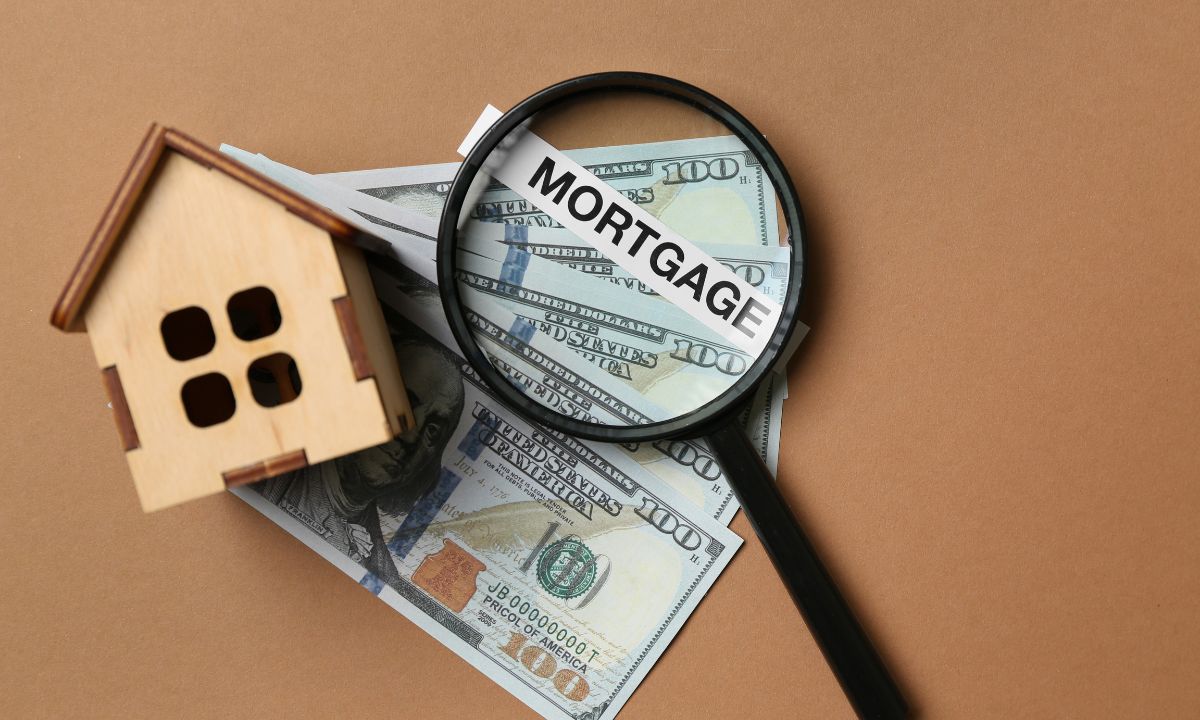Understanding the Financial Power of Mortgage Points
 In the world of home financing, mortgage points are a powerful yet often misunderstood tool that can significantly impact your long-term financial outlook. Whether you’re purchasing a home or refinancing, understanding how these points work can help you make more informed decisions that align with your financial goals.
In the world of home financing, mortgage points are a powerful yet often misunderstood tool that can significantly impact your long-term financial outlook. Whether you’re purchasing a home or refinancing, understanding how these points work can help you make more informed decisions that align with your financial goals.
What Are Mortgage Points?
Mortgage points, also known as discount points, are a way for borrowers to reduce the interest rate on their loan by making an upfront payment. Each point typically costs 1% of the total loan amount and can reduce your interest rate by around 0.25%. The idea is simple: pay more upfront to save on interest over the life of the loan.
Types of Mortgage Points: Discount vs. Origination
There are two main types of points to be aware of:
- Discount Points
These points allow borrowers to lower their interest rate by making an upfront payment. The more discount points you buy, the lower your interest rate, which can lead to significant savings on your monthly mortgage payment. This option is most beneficial if you plan to stay in your home for a long period, as the upfront cost of purchasing points will be recouped through the interest savings over time. - Origination Points
Origination points, on the other hand, are fees paid to the lender for processing the loan. These points don’t reduce your interest rate but are part of the overall cost of obtaining the loan.
When Do Mortgage Points Make Sense?
Deciding whether to purchase mortgage points depends on several factors. Here are a few key considerations:
- Long-Term Homeownership
If you plan to stay in your home for several years, buying discount points can make financial sense. The longer you stay, the more you benefit from the reduced interest rate. For example, if you’re in your home for 10 or more years, the savings from a lower rate can easily outweigh the initial cost of the points. - Upfront Investment
Purchasing mortgage points requires an upfront investment. It’s essential to evaluate whether you have the funds available to cover these costs. If you can comfortably afford the upfront expense, the savings over the life of the loan may be worth it. - Interest Rate Environment
The current interest rate landscape plays a role in determining whether buying points is a good move. In a low-interest-rate market, purchasing points to further lower your rate may offer significant savings. However, if rates are already low, the additional reduction may not provide as much benefit. - Loan Comparison
It’s important to compare offers from different lenders. Some lenders may offer more favorable terms on points, making it easier to achieve the desired interest rate reduction. By analyzing multiple loan offers, you can determine the best combination of points and interest rates for your situation
By understanding the role of mortgage points, you can tailor your financing strategy to suit your financial goals. Whether you’re considering purchasing or refinancing, the decision to buy points should align with your long-term homeownership plans, your ability to invest upfront, and the current interest rate market. By taking these factors into account, you’ll be better equipped to make informed decisions that pave the way to a secure financial future.

 As home prices continue to rise, some buyers may struggle to qualify for a mortgage on their own. In these cases, a mortgage cosigner can be a helpful solution. However, whether you’re considering asking someone to cosign or you’re being asked to take on this role, it’s essential to understand the responsibilities involved.
As home prices continue to rise, some buyers may struggle to qualify for a mortgage on their own. In these cases, a mortgage cosigner can be a helpful solution. However, whether you’re considering asking someone to cosign or you’re being asked to take on this role, it’s essential to understand the responsibilities involved. Looking for ways to reduce the amount of interest you pay on your mortgage and shorten its lifespan? A home loan offset account might be the solution. This financial tool allows you to reduce the interest on your mortgage by using the balance in a linked account to offset your loan amount. Let’s explore how it works and how you can benefit from it.
Looking for ways to reduce the amount of interest you pay on your mortgage and shorten its lifespan? A home loan offset account might be the solution. This financial tool allows you to reduce the interest on your mortgage by using the balance in a linked account to offset your loan amount. Let’s explore how it works and how you can benefit from it. Your home equity represents one of your most valuable assets. When it comes to borrowing against that equity, many homeowners question how much can they borrow. Understanding the amount of equity you can tap into today is essential, especially if you’re considering a home equity loan or line of credit (HELOC) for major expenses like home improvements, debt consolidation, or other financial needs.
Your home equity represents one of your most valuable assets. When it comes to borrowing against that equity, many homeowners question how much can they borrow. Understanding the amount of equity you can tap into today is essential, especially if you’re considering a home equity loan or line of credit (HELOC) for major expenses like home improvements, debt consolidation, or other financial needs. When navigating the mortgage process, understanding the various fees involved is crucial for accurate financial planning. Mortgages come with a range of fees, some of which are clearly outlined and others that may not be immediately obvious. We will explore both hidden and non-hidden mortgage fees, providing insights into how they impact the total cost of your loan.
When navigating the mortgage process, understanding the various fees involved is crucial for accurate financial planning. Mortgages come with a range of fees, some of which are clearly outlined and others that may not be immediately obvious. We will explore both hidden and non-hidden mortgage fees, providing insights into how they impact the total cost of your loan.